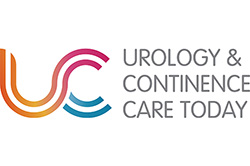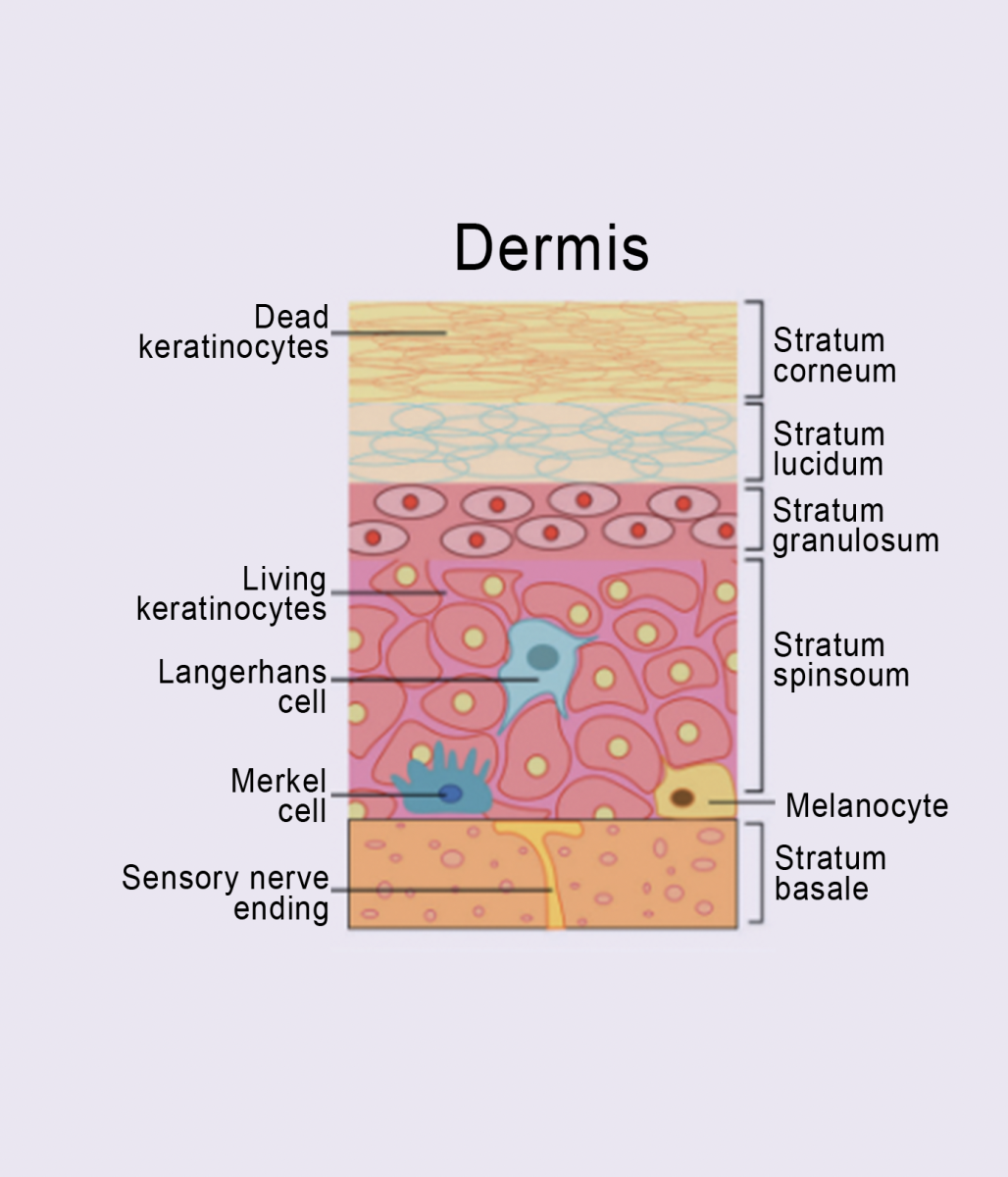Resources
14 December 2021
Rectal interventions are a fundamental part of nursing care across all settings aimed at establishing whether effective bowel emptying is taking place. It is prudent for all clinicians to review their current knowledge and practice to ensure that they are following the latest evidence-based guidance for safe and effective practice.
14 December 2021
The third part of the continence clinical skills series identifies what conservative therapies and treatments are available to treat bladder and/or bowel dysfunction. This includes a range of treatment options which can be provided by practitioners/clinicians from a multitude of healthcare professional disciplines. It highlights simple interventions, such as lifestyle changes, i.e. from diet, fluid, smoking and weight loss advice, up to the more complicated treatment options such as pelvic floor rehabilitation, bladder retraining and use of medication.
08 December 2021
Functional constipation is a significant problem in childhood, not only due to its prevalence, but also the impact that it has on quality of life for the affected child and their families. However, the symptoms are often unrecognised by both parents and healthcare professionals, perpetuating the problem.
03 December 2021
As Specialist Nurses at Prostate Cancer UK, we provide information and support to thousands of men living with and concerned about prostate cancer.
29 November 2021
The second part of a continence clinical skills series looks at the requirements to undertake a basic continence assessment for bladder and/or bowel dysfunction. Assessment is the first step in identifying the type of continence issue an individual may suffer from. It should identify, for example, key elements of underlying medical history, presenting symptoms and duration of problem, medications, allergies, mobility and cognitive ability. This assessment should be supported by investigations, e.g. bladder and/or bowel diary, fluid/dietary intake, urinalysis, assessment of any post-void residual urine and pelvic floor/rectal examinations (if competent in skill).
26 November 2021
Catching it early: recognising prostate cancer in asymptomatic men
By: Improving care team, Prostate Cancer UK
Many men with prostate cancer do not experience symptoms until the disease has spread. This means that they risk being diagnosed too late when the cancer is incurable. Nurses are in a unique position, as they are ideally placed to recognise men at higher risk of prostate cancer.
By: Improving care team, Prostate Cancer UK
Many men with prostate cancer do not experience symptoms until the disease has spread. This means that they risk being diagnosed too late when the cancer is incurable. Nurses are in a unique position, as they are ideally placed to recognise men at higher risk of prostate cancer.
04 October 2021
Continence is not a life-threatening condition but does affect patient quality of life. The first part in this new continence clinical skills series explores continence issues and how to improve patient care. It looks at the prevalence of the condition, different types of continence issues, how they can affect quality of life and the complications that can occur when poorly managed.
04 October 2021
Moisture-associated skin damage (MASD) is the damage occurring in response to prolonged skin exposure to moisture and incontinence-associated dermatitis (IAD) is the most recognised form of MASD. IAD impacts physical, psychological and social health and is challenging for healthcare professionals to accurately identify and effectively treat.
29 September 2021
Over 20 million people suffer from some form of bladder or bowel issue in the UK (NHS England, 2018). Continece problems can be caused by a number of factors, particularly vaginal childbirth (Barrie, 2015). This article discusses the recently published guidance document from the Royal Collage of Nursing (RCN), Bladder and bowel care in childbirth (RCN, 2021) - providing information for women throughout pregnancy, labour and into the postnatal period.
22 September 2021
Urological conditions will affect one in two people during the course of their lifetime, yet they remain shrouded in secrecy and silence. This article highlights the work of The Urology Foundation, the only medical charity which works across the breadth of all urology diseases and is dedicated to improving the nation’s urological health.

.jpg)






